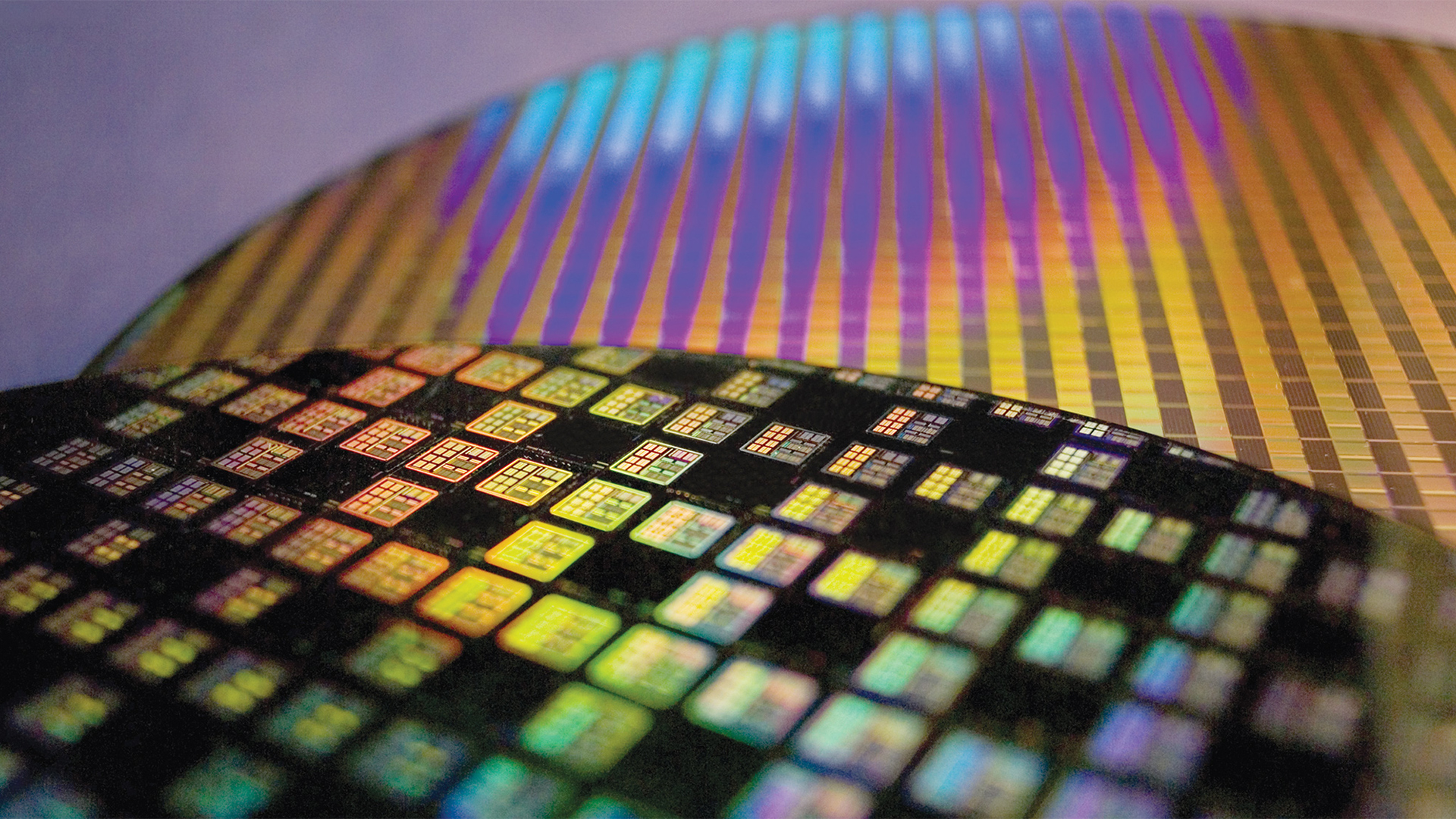- Lost yield from stochastics is costing chipmakers billions at advanced process nodes
- Current process control methods are not enough to solve high-volume stochastics failures
- New whitepaper outlines design and measurement solutions to close stochastics gap
A new whitepaper has claimed the semiconductor industry is losing billions of dollars due to something few outside the field have heard of: stochastic variability.
This form of random patterning variation is now considered the biggest hurdle to achieving high yields at the most advanced process nodes.
The paper was contributed by Austin, Texas-based Fractilia, whose CTO, Chris Mack, noted, “Stochastic variability is contributing to multibillion-dollar delays in introducing advanced process technology into high volume manufacturing.”
Affecting yield, performance and reliability
Mack further explained current process control strategies have not been able to address these random effects.
“Closing the stochastics gap requires completely different methodologies that device makers need to validate and adopt,” Mack said.
Fractilia defines this “stochastics gap” as the difference between what can be patterned in research and what can be reliably mass-produced at acceptable yields.
At the heart of this gap is a randomness rooted in the physics of materials, molecules, and light sources used in chip production.
Although these effects were once negligible, they now consume a growing share of the manufacturing error budget.
“We have seen our customers make dense features as small as 12 nanometers in research and development,” Mack said. “But when they try to move it into manufacturing, stochastic failures are affecting their ability to achieve acceptable yield, performance and reliability.”
The problem has grown alongside the rise of EUV and high-NA EUV lithography. These advances have allowed chipmakers to attempt even smaller features, but also made them more vulnerable to stochastic defects.
Unlike conventional variability, this type can’t be eliminated with tighter controls, it needs to be managed with probability-based design and measurement techniques.
“The stochastics gap is an industry-wide problem,” Mack said. “This issue can be minimized and controlled, but it all starts with accurate stochastics measurement technology.”
The whitepaper, which you can download here, includes an analysis of the problem and proposes stochastics-aware design, materials innovation, and updated process controls as the path forward.










 English (US) ·
English (US) ·